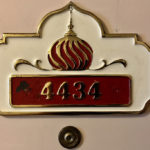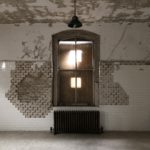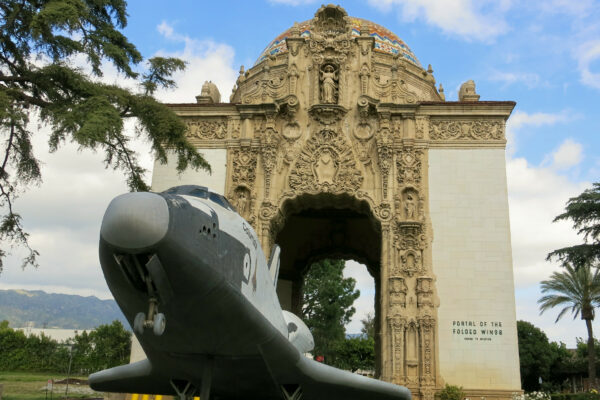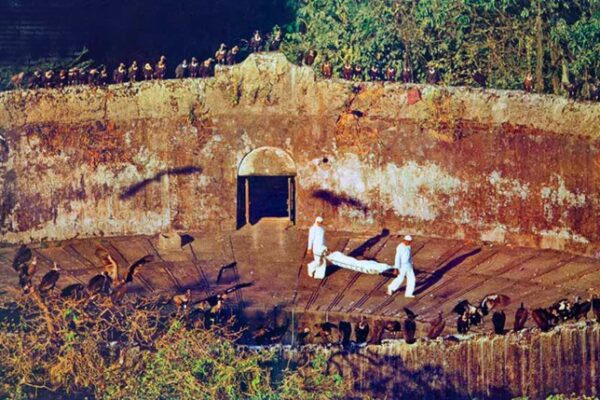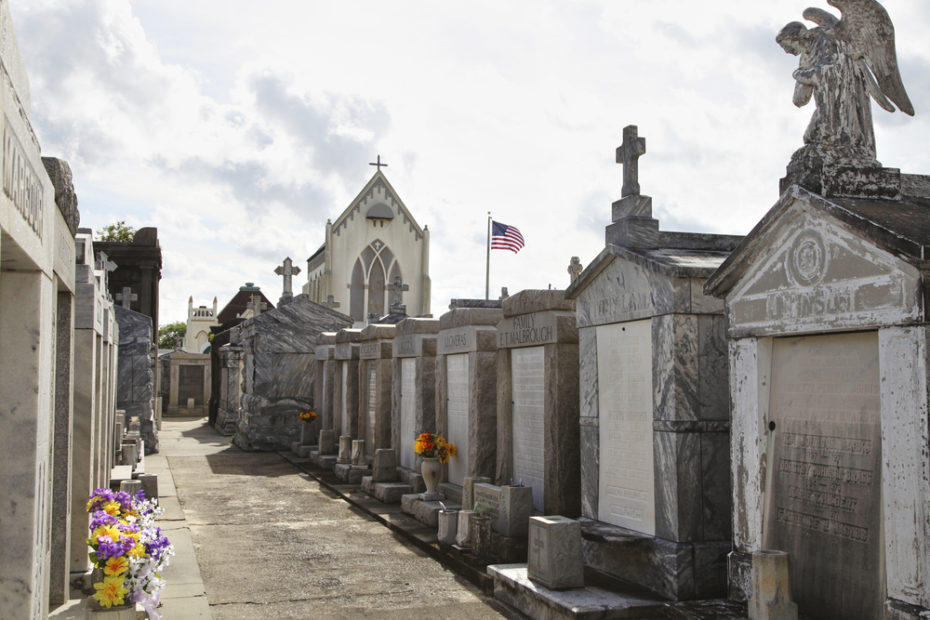
Nola Catholic Cemeteries
New Orleans is a city blessed with many beguiling and beautiful cemeteries. From the celebrated, above ground crumbling mausoleums of St. Louis No.1, the faded gothic grandeur of the walled-in Lafayette, to the curious secret society graveyards of the Metarie. But by far the most enchanting, and by equal measures, peculiar, is the St. Roch…
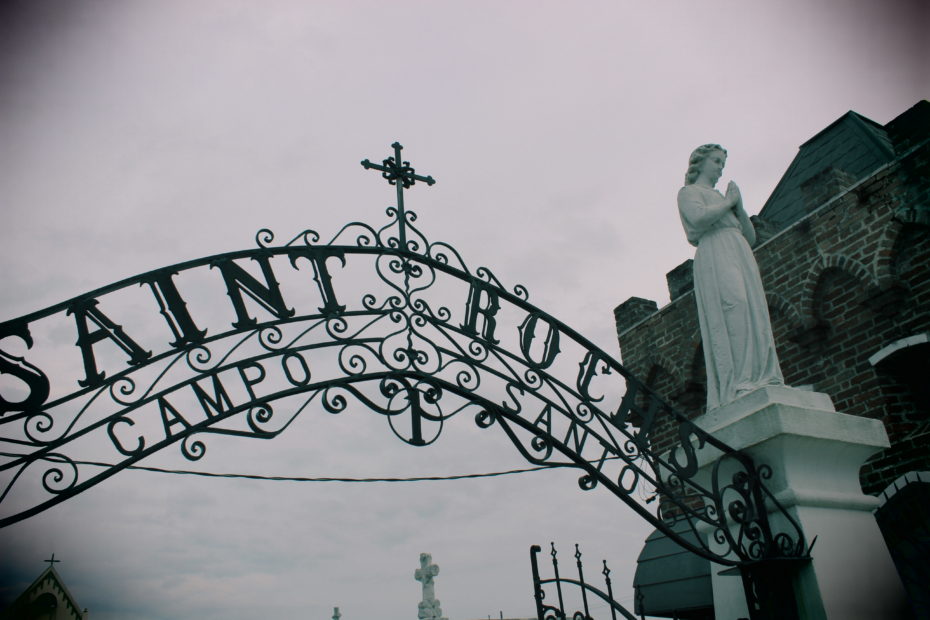
©LukeJSpencer
The little chapel that stands in the middle of the cemetery, is painted in peaceful white and a soothing pastel blue, a suitably tranquil place for the services that are held here. But just off to the side of the chapel is a small room that is one of the most remarkable you will find anywhere in the world.
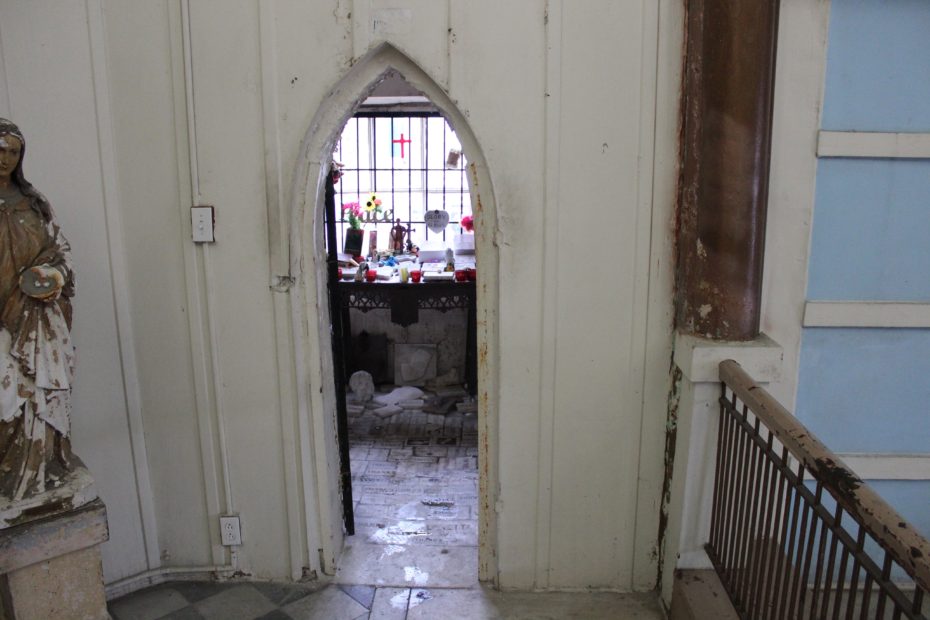
©LukeJSpencer
It is filled with a most unusual collection of prosthetic relics. The walls and chapel shelves are filled with artificial limbs, calipers, glass eyes, and plaster casts of hands, feet, stomachs and hearts. When you first step inside, the first impression is of some macabre, gothic horror, a cabinet of haunting curiosities.
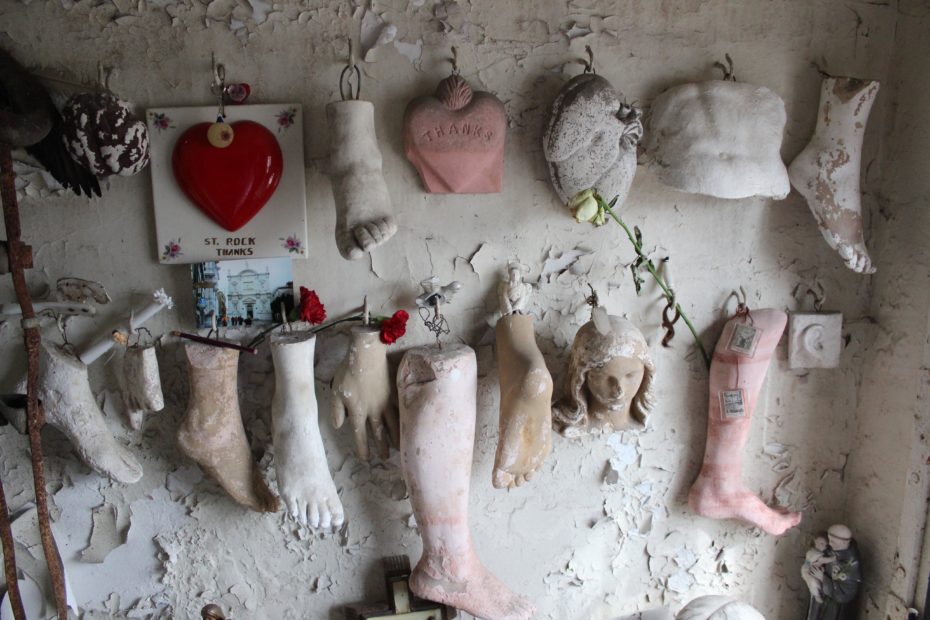
©LukeJSpencer
That is until you read the many inscriptions attached to the gruesome looking artifacts. For these are in fact offerings of thanks for answered prayers, or ex votos left behind by visitors coming to pray for healing. Many of the artifacts are decades old, whilst the floor tiles underfoot are all stamped with ‘thanks’ and ‘merci’. One tile simply says, ‘Thank you for my eyes.’
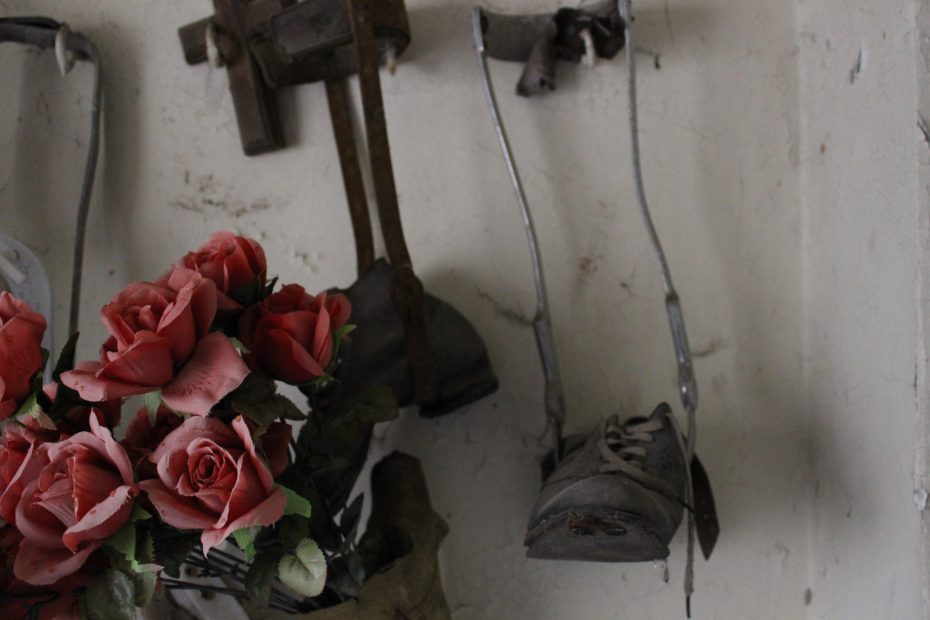
©LukeJSpencer
But just how did this peculiar tradition begin?
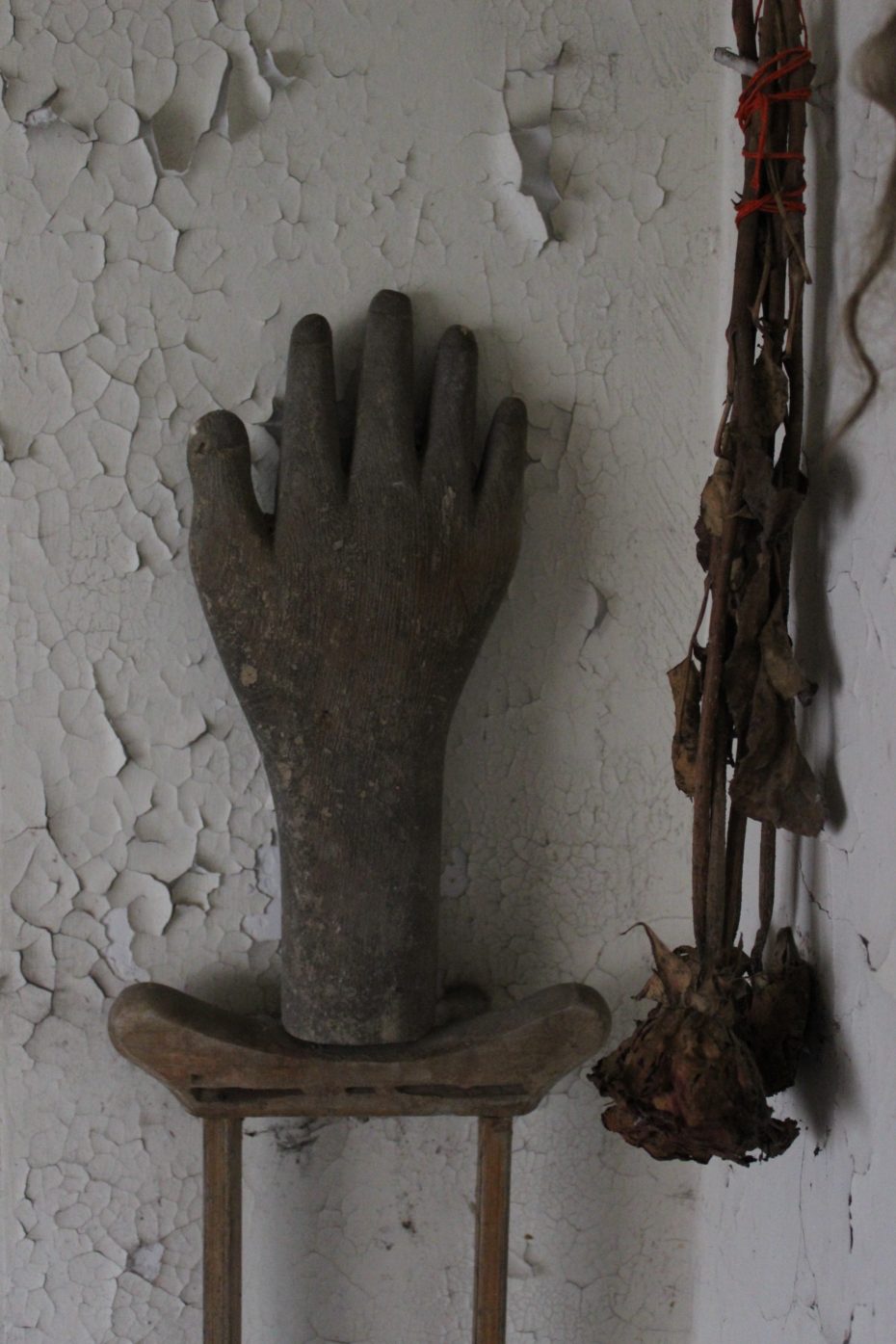
©LukeJSpencer
St. Roch is located in the Bywater neighbourhood of New Orleans. The chapel itself dates back to 1875, and is thought to owe its origins to a deadly outbreak of yellow fever, which swept through a stricken New Orleans in 1867.
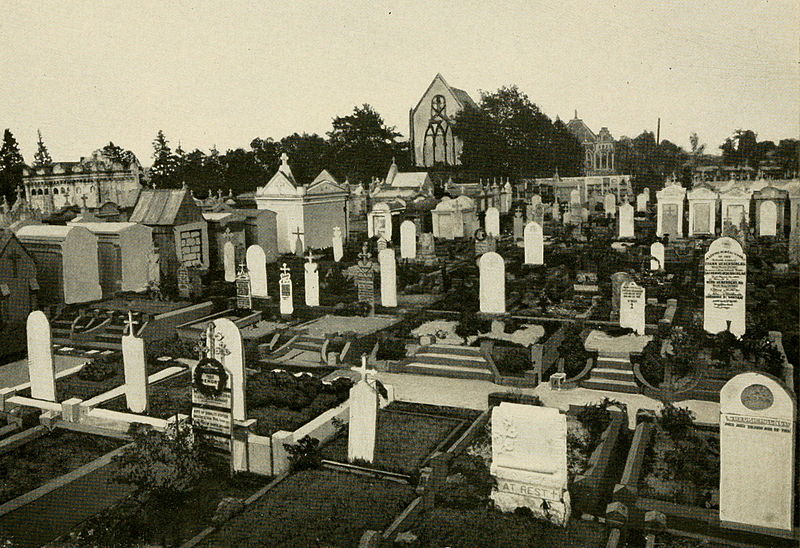
At its height, the death toll of the epidemic was reaching over 400 a week, with tales of the bodies of the dead being piled high on the sides of the street throughout the French Quarter, waiting to be buried.

New Orleans Online
In the Bywater, Father Peter Leonard Thevis prayed that his congregation would be spared from the deadly virus spreading throughout the city. He is thought to have prayed to St. Roch, a martyr from the 14th century who cared for victims of the plague.
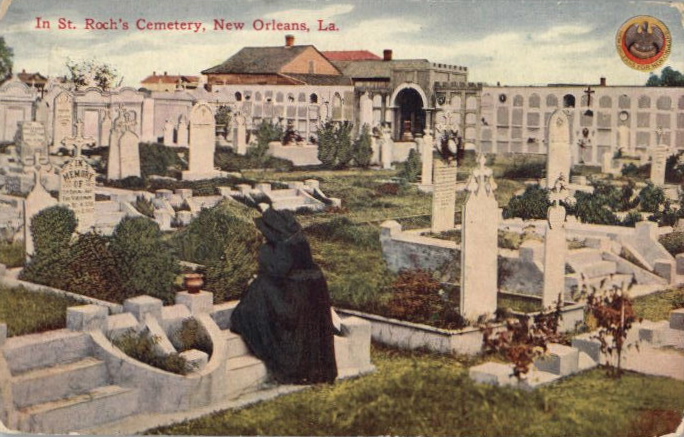
Local lore has it that Thevis promised to build a chapel honouring St. Roch if all his parishioners were spared. Despite the outbreak ravaging the rest of New Orleans, no-one under his care died, and Thevis duly built the chapel which stands to this day as a beacon of hope to those suffering from illness and afflictions.
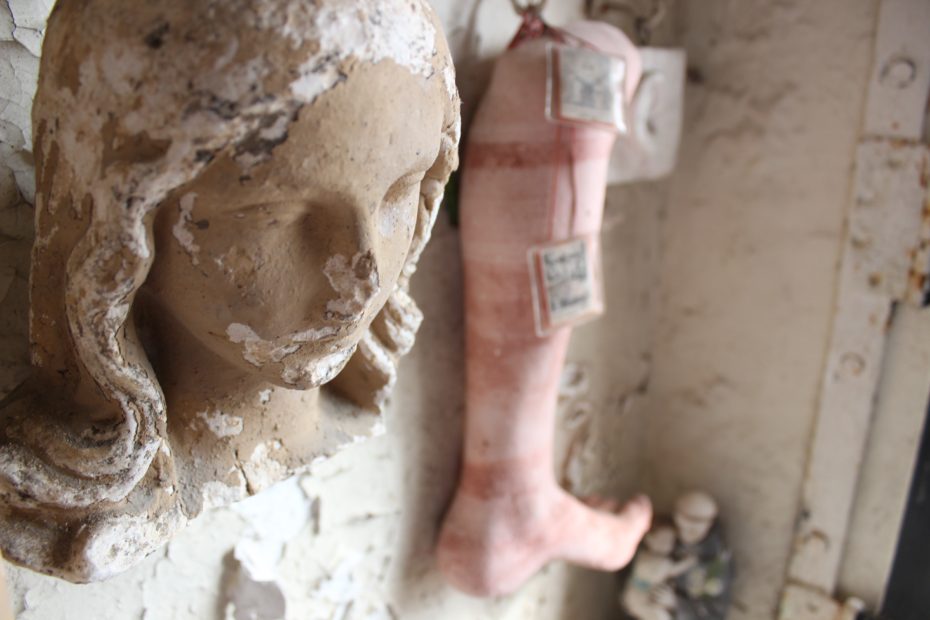
©LukeJSpencer
Whilst at first, the relics left behind appear morbidly frightening, there is something quite moving and uplifting about the hopes and prayers that have been whispered here. From the healing of broken limbs embodied in the crutches, to desperate prayers for brain tumours, shown in the plaster cast heads.
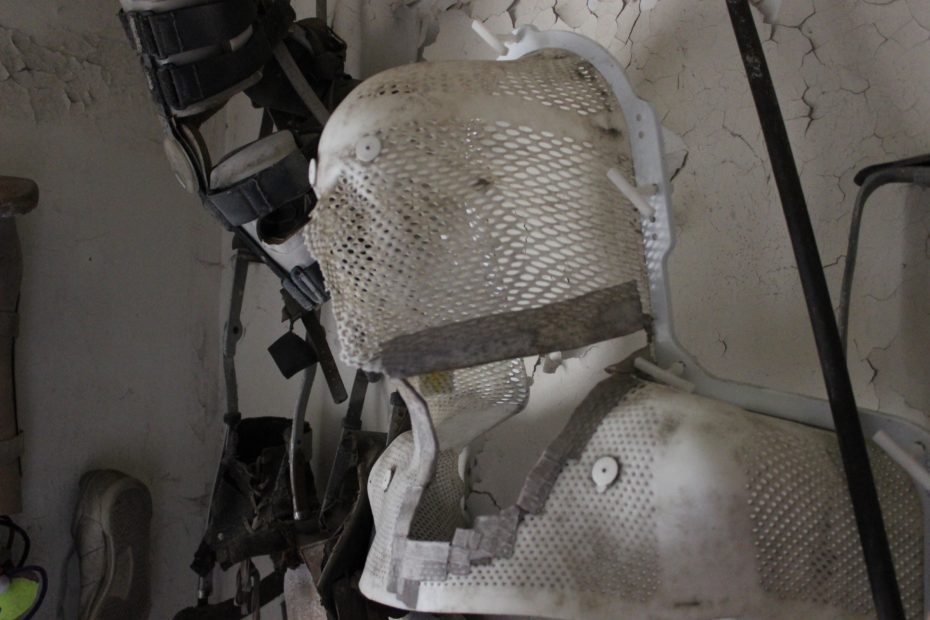
©LukeJSpencer
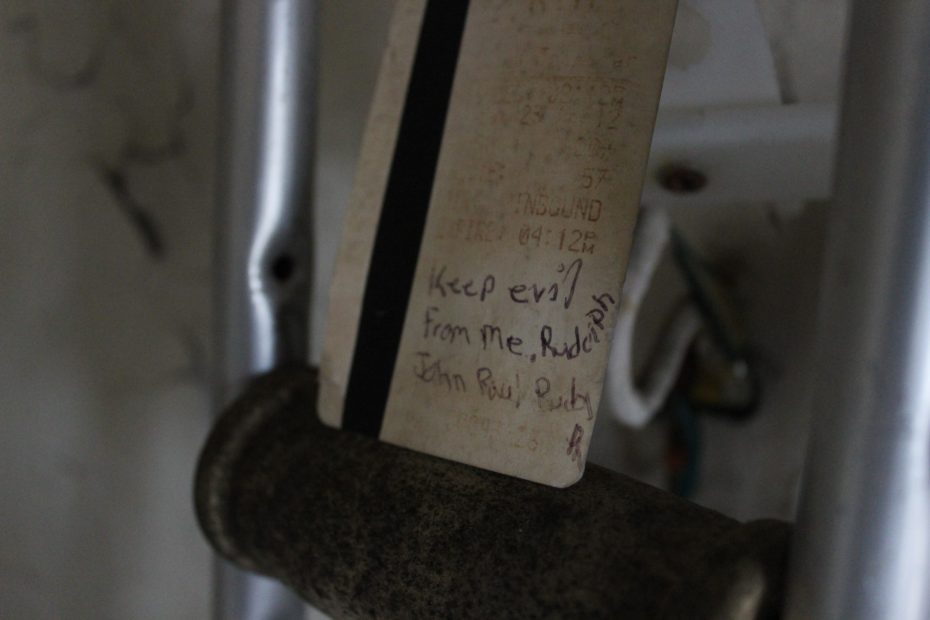
©LukeJSpencer
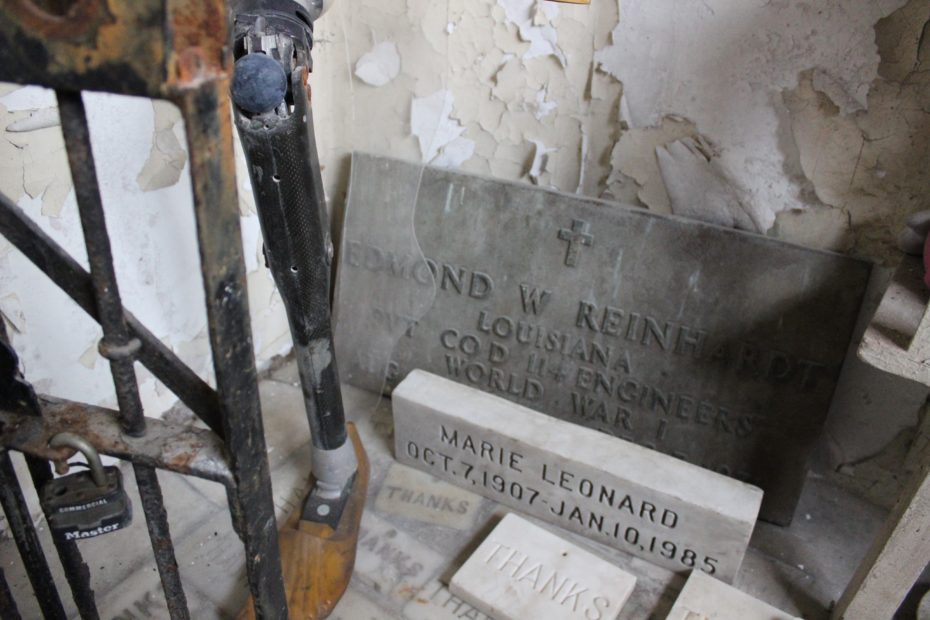
©LukeJSpencer
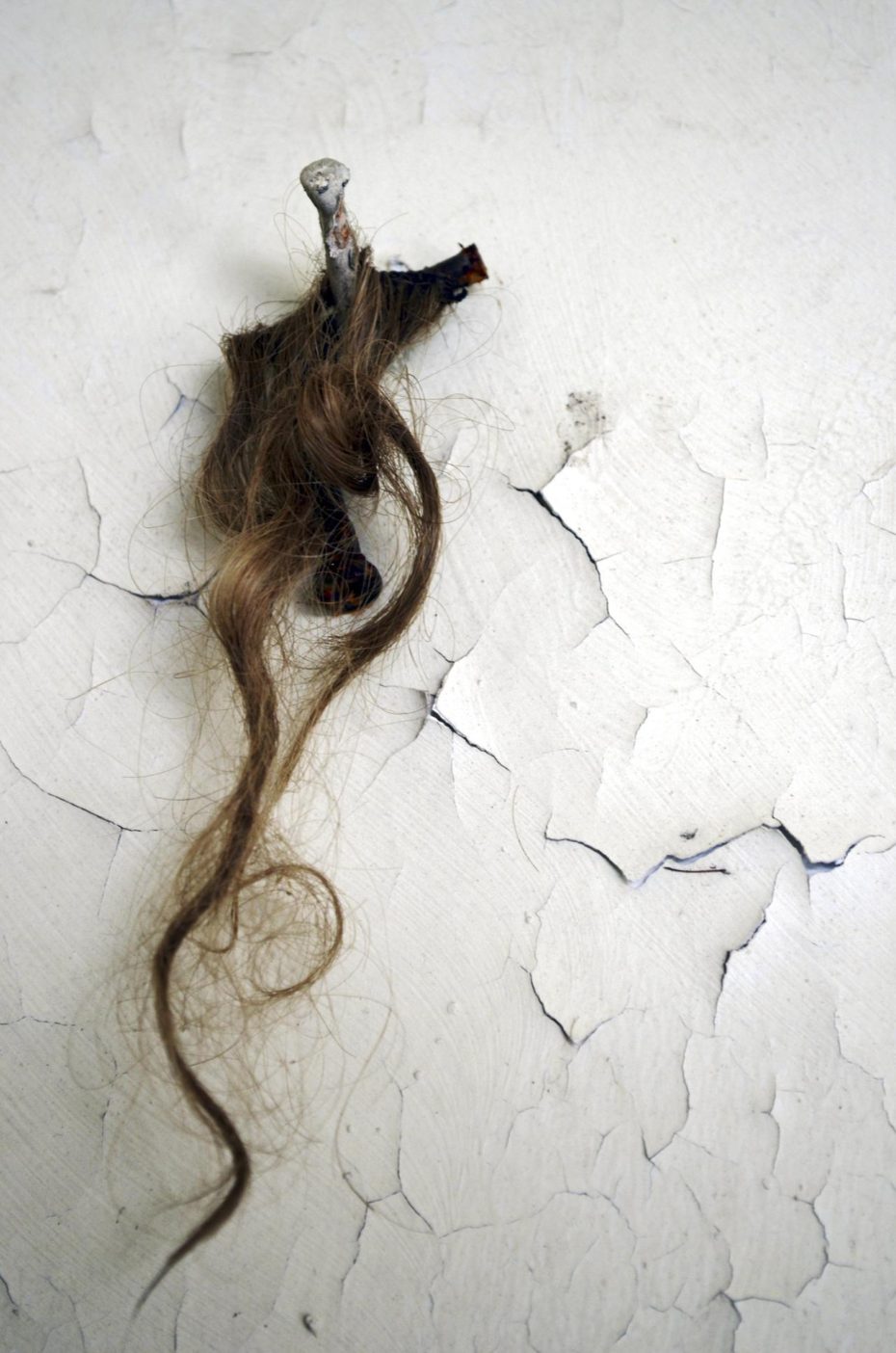
©Aubrey Edwards
Other items left behind remain unexplained. A long lock of light brown hair nailed to the chapel wall, is all that remains of one untold story of human hope and sorrow, hiding away in this small, peculiar corner of New Orleans.


